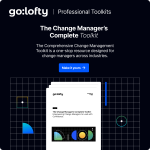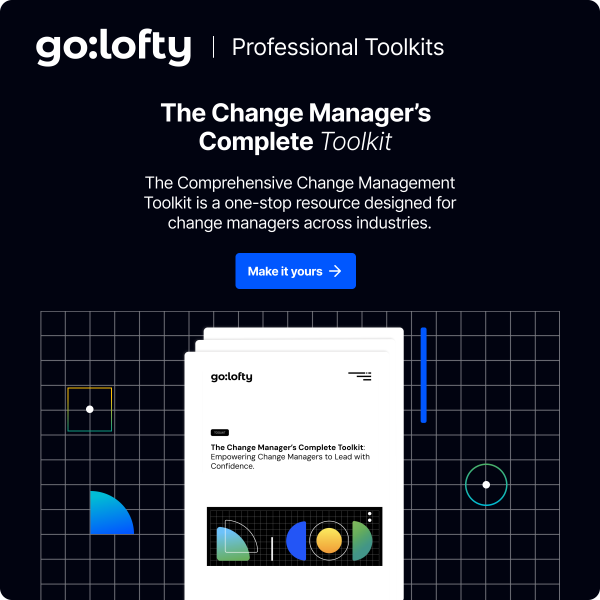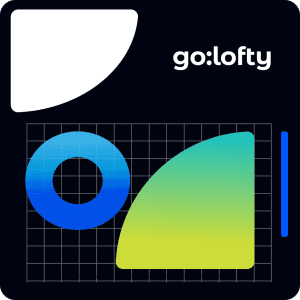The Change Management Toolkit
Toolkits99,00 €
The Comprehensive Change Management Toolkit is a one-stop resource designed for change managers across industries. This digital product provides all the essential tools, resources, and frameworks necessary to effectively plan, execute, and sustain organizational change initiatives. It serves as both a practical guide and an operational resource to streamline change management processes and ensure success.
-
Description
-
Additional information
Product Overview
The Comprehensive Change Management Toolkit is a one-stop resource designed for change managers across industries. This digital product provides all the essential tools, resources, and frameworks necessary to effectively plan, execute, and sustain organizational change initiatives. It serves as both a practical guide and an operational resource to streamline change management processes and ensure success.
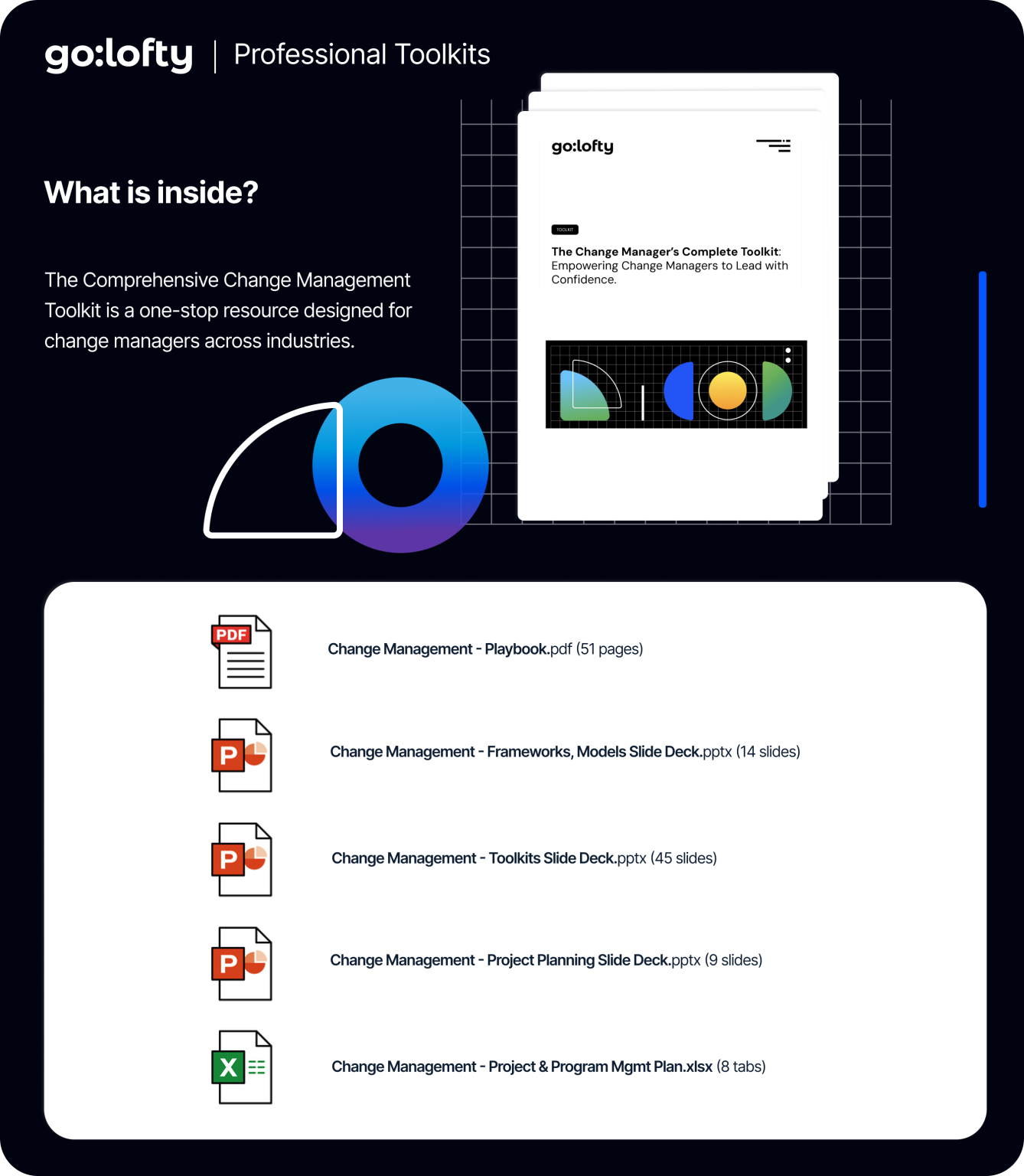

Document 1
Change Management – Playbook.pdf (51 pages):
Unlock the ultimate resource for mastering organizational change with The Change Manager’s Complete Toolkit. This comprehensive digital guide (Document 1 of 5) equips change managers with proven strategies, practical templates, and actionable insights to lead transformative initiatives with clarity and impact.
What’s Inside Document 1:
- The Essence of Change Management: Understand the dual forces of gradual and revolutionary change, and learn how to navigate culture, people, and processes for success.
- Preparing the Ground: Set the stage with tools like the Blueprint for Transformation Framework and Visionary Alignment Discussion Guide to align teams and leaders.
- Overcoming Resistance: Ignite passion and shift behaviors using frameworks like Kübler-Ross and Bridges to guide individuals through change.
- Crafting the Blueprint: Simplify complexity and pave a clear path with execution strategies (Pilot, Big Bang, Phased Big Bang) and risk evaluation tools.
- Sustaining Momentum: Reinforce progress with performance metrics and feedback loops to ensure lasting transformation.
Document 2
Change Management – Frameworks, Models Slide Deck.pptx (14 slides):
What’s Inside Document 2:
- Framework Foundations: Explore the core principles of change management frameworks and why they’re critical for minimizing disruption and maximizing success.
- 12-Step Selection Process: A detailed guide to choosing the best model—from identifying needs to anticipating resistance—ensuring alignment with your organization’s goals and culture.
- Streamlined Method: A fast-track approach to match frameworks with your unique organizational dynamics.
- Top Models Unpacked: Dive into industry-standard frameworks like Kotter’s 8-Step Process, Lewin’s Three-Stage Model, Bridges’ Transition Model, Viral Change Roadmap, and Burke-Litwin Change Model—complete with actionable templates.


Document 3
Change Management – Practical Toolkits Slide Deck.pptx (45 slides):
What’s Inside Document 3:
- Essential Tools: From the Case for Change Template to the Stakeholder Engagement Plan, get practical resources to communicate vision, manage resistance, and measure success.
- Step-by-Step Guidance: Navigate the full change lifecycle—Define It, Nail It, Scale It—with tools like the Change Readiness Assessment and Behavioral Change Plan.
- People-First Approach: Address human resistance with the Change Curve insights and Team Communication Plan to keep everyone aligned and motivated.
- Sponsor Support: Leverage the Sponsor Expectation Tool and Project Charter to secure leadership buy-in and drive results.
Document 4
Change Management – Project Planning Slide Deck.pptx (9 slides):
What’s Inside Document 4:
- Flexible Timeline Templates: Multiple slide layouts to plot your change management roadmap, from short-term sprints to multi-year strategies (e.g., 2023-2026 timelines).
- Editable Design: Fully customizable text and placeholders to tailor timelines to your project’s scope, milestones, and deadlines.
- Visual Clarity: Clean, professional slides to communicate your plan to stakeholders with ease and impact.
- Practical Application: Ideal for aligning teams, tracking progress, and keeping your change initiative on course.

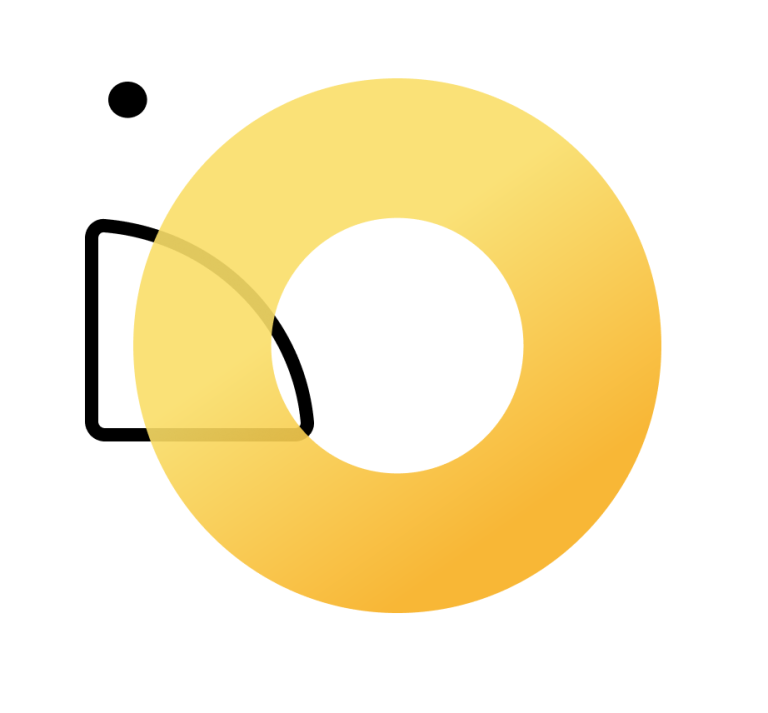
Document 5
Change Management – Project & Program Mgmt Plan.xlsx (8 tabs):
What’s Inside Document 5:
- Comprehensive Framework: Aligns Kotter’s 8 steps—urgency, coalition, vision, communication, short-term wins, scaling, and anchoring—with practical workflows across forming, implementing, and adopting change.
- End-to-End Plan: Covers everything from business case development and stakeholder engagement to global rollout strategies and success metrics (KPIs).
- People & Process Focus: Includes resistance management, communication strategies, training plans, and tools like stakeholder analysis and readiness assessments.
- Real-World Application: Tailored for enterprise-wide adoption, with templates and action plans to sync change management with project management seamlessly.
Watch the Video
FAQ
1. What makes this Change Management Toolkit different from other guides?
Unlike generic e-books or theory-heavy textbooks, this toolkit is designed as a practical operating system for managing change. It combines a detailed 51-page playbook, ready-to-use slide decks, and an Excel-based program plan aligned with Kotter’s 8-Step Model. Instead of abstract advice, it provides templates, frameworks, and action plans that change managers can immediately implement in real projects.
2. Who should use this toolkit?
The toolkit is built for professionals directly responsible for organizational change:
Change managers and consultants who need proven frameworks and stakeholder engagement tools.
Project managers leading transformations where change adoption is critical.
HR leaders aligning people strategy with organizational shifts.
Executives who must sponsor, monitor, and measure strategic change initiatives.
It’s designed to serve both practitioners running day-to-day projects and senior leaders shaping transformation portfolios.
3. How does the toolkit help overcome resistance to change?
Resistance is the number one reason change fails. The toolkit integrates models like Kübler-Ross and Bridges’ Transition Curve, plus ready-to-use tools such as the Stakeholder Engagement Plan and Behavioral Change Plan. These resources help managers identify resistance early, tailor engagement strategies, and turn skeptics into advocates. By making resistance visible, measurable, and addressable, the toolkit reduces adoption risk.
4. What frameworks are included, and why are they valuable?
The Frameworks Slide Deck (Document 2) covers industry-standard models: Kotter’s 8-Step, Lewin’s 3-Stage, Bridges’ Transition, Viral Change, and Burke-Litwin. Each comes with templates and selection criteria to help managers choose the right model for their organization’s culture and context. Instead of forcing a one-size-fits-all approach, it gives you the strategic agility to adapt frameworks to your unique challenges.
5. Can this toolkit be customized to specific industries or company sizes?
Yes. All resources — from timeline slides to Excel planning templates — are fully editable. Whether you’re managing a digital transformation in a global enterprise or implementing process improvements in a mid-sized business, the toolkit can be tailored to your scope, timelines, and stakeholders. The “Define It, Nail It, Scale It” approach makes it scalable across industries.
6. How does the toolkit support executive buy-in?
Executives fund and sponsor change when they see clear business value. The toolkit equips you with:
A business case template to quantify ROI.
A Sponsor Expectation Tool to clarify leadership roles.
A Project Charter to align strategic priorities.
These tools ensure change managers speak the language of leadership — focusing on outcomes, risks, and value creation rather than activities.
7. How does the toolkit integrate with project management practices?
Document 5 (the Program & Plan spreadsheet) was designed to sync change management with project management. It includes workflows for business case development, stakeholder analysis, readiness assessments, rollout planning, and KPI tracking. By embedding change into project planning, the toolkit ensures transformation is not treated as an afterthought but as a core workstream.
8. How do I measure success using this toolkit?
The toolkit emphasizes performance metrics at every stage:
Readiness assessments before implementation.
Adoption KPIs during rollout (usage rates, training completion, engagement levels).
Benefit realization metrics post-change (cost reduction, efficiency gains, revenue impact).
By tracking KPIs through the Excel-based program plan, managers can demonstrate tangible business effects and refine strategies in real time.
9. How does this toolkit sustain change after the initial rollout?
Most toolkits stop at implementation. This one extends into sustaining momentum. It provides performance dashboards, continuous feedback loops, and reinforcement strategies to prevent backsliding. Tools like the Sponsor Support Guide and Continuous Sense-Making templates ensure that change is anchored in culture, not just completed as a project milestone.
10. What business value can organizations expect from using this toolkit?
The value is measurable in three dimensions:
Efficiency: Ready-made templates cut weeks of preparation, accelerating delivery.
Effectiveness: Proven frameworks increase adoption rates and reduce resistance.
Sustainability: Structured reinforcement ensures benefits are realized and not lost over time.
Organizations that adopt structured change management approaches, like those embedded in this toolkit, are 30–40% more likely to achieve intended business outcomes (based on McKinsey research).
| Documents | 5 |
|---|


